What are Vertical AI & Horizontal AI agents?

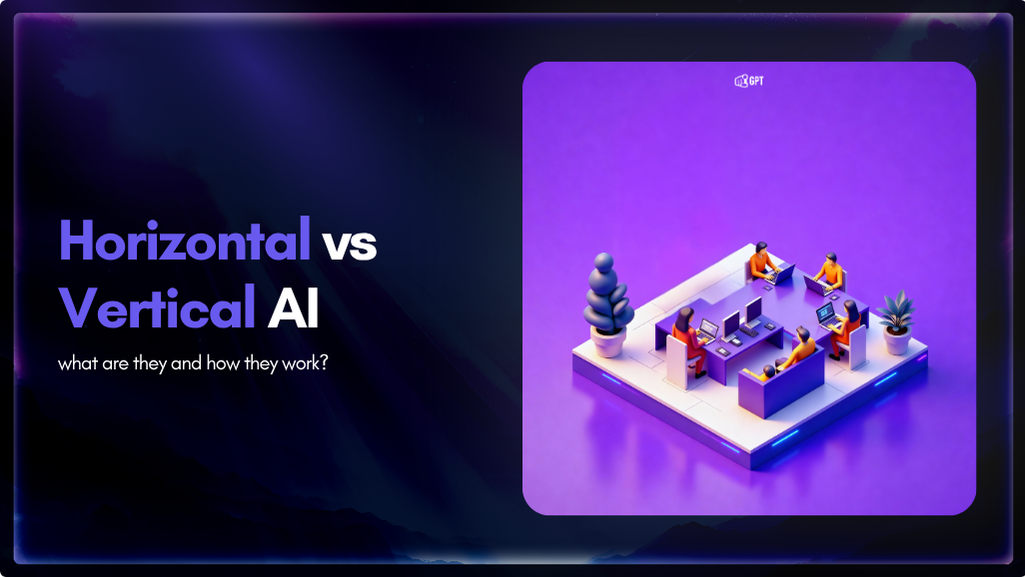
Every business leader today is asking the same question: which AI technology should I invest in? The global AI agents market tells us this decision matters more than ever. The market was valued at $5.43 billion. By 2034, experts project it will reach $236.03 billion expected a growth rate of over 45% annually (Reported by precedenceresearch) .
But here’s where it gets interesting. Not all AI agents work the same way. Some are built to master one specific task or industry. Others are designed to handle many different functions across your entire business. This fundamental difference is what separates vertical AI agents from horizontal AI agents.
85% of enterprises actively planning to adopt AI agents ?
In this blog, you will quickly understand the two main category of AI agents, how they’re used in real businesses, and how to pick the best fit for your company’s needs
Vertical AI agents are specialized systems designed for specific industries or business functions. They possess deep domain expertise in one particular area.
Here’s a simple way to understand this. Imagine you need heart surgery. Would you prefer a general practitioner or a cardiac surgeon who has performed the exact procedure 500 times? That cardiac surgeon is like a vertical AI agent. They know everything about one specialized domain.
Vertical AI agents are trained on massive amounts of industry-specific data. They understand the unique terminology, workflows, regulations, and challenges of their target sector.
A vertical AI built for healthcare truly understand medical terminology, and clinical workflows. A vertical AI built for finance understands full patterns, regulatory requirements, and financial instruments.
Key characteristics include:
For businesses with specific goals in one domain, vertical AI agents can be a powerful asset. They help reduce manual work, increase speed, and improve decision-making—especially when accuracy and specialization are more important than flexibility.
Horizontal AI agents are general-purpose systems designed to work across multiple industries and functions. They prioritize versatility over specialization.
Going back to our medical analogy, a horizontal AI agent is like your general practitioner. They can handle many different types of health issues competently, even if they don’t have the deep specialization of a cardiac surgeon. They know enough about many things to be helpful in diverse situations.
Horizontal AI agents handle common business tasks that apply across industries. These include customer service, email management, content creation, data analysis, and workflow automation. The same horizontal AI that helps a retail company can also assist a law firm or a manufacturing business.
Key characteristics include:
The fundamental distinction boils down to this simple principle:
Vertical AI goes deep. It knows everything about one thing. It delivers exceptional accuracy and compliance within its specialized domain but cannot easily adapt to other areas.
Horizontal AI goes wide. It knows something about many things. It handles diverse tasks competently across industries but lacks the precision that specialized applications require.
This difference shapes everything else. How you deploy AI, what results you can expect, how much it costs, and whether it delivers value for your specific needs all flow from this fundamental distinction.
Now that we have clear definitions, let’s explore each type in detail.
| Feature / Aspect | Horizontal AI | Vertical AI |
|---|---|---|
| Scope | Broad and general-purpose | Narrow and domain-specific |
| Functionality | Performs a wide range of tasks across industries | Tailored to a single industry or use case |
| Customization | Less specialized, often needs user input for context | Highly customized with deep domain knowledge |
| Deployment | Used across multiple sectors | Developed for a specific business sector or problem |
| Training Data | Trained on diverse, large-scale datasets | Trained on specialized, domain-specific data |
| User Experience | General answers, sometimes lacks industry-specific depth | Precise, relevant answers within its domain |
| Scalability | Easily scalable to different industries | Limited scalability outside its niche |
Understanding how AI works in practice helps clarify when to use which approach. Let’s explore real-world applications.
Every business needs to answer customer questions, resolve issues, and provide support. Horizontal AI can handle these tasks across industries without deep specialization. Companies deploy horizontal AI chatbots trained on their specific FAQs and documentation. The same underlying platform that helps an e-commerce company answer product questions can help a law firm schedule consultations or a software company manage technical inquiries.
However, when customer service requires specialized knowledge, vertical AI becomes necessary. An insurance claims chatbot understands policy terminology, state-specific regulations, claim processing workflows, and can assess claim validity based on coverage details. A pharmaceutical support bot knows drug interactions, dosage guidelines, and regulatory compliance requirements that general chatbots cannot handle. These specialized contexts demand domain expertise that horizontal solutions simply don’t possess.
Businesses across all sectors need marketing content, social media posts, email campaigns, and blog articles. Horizontal AI platforms can generate this content by learning patterns in effective business communication. One B2B SaaS company used horizontal AI to increase their content production by 5x. The same system created blog outlines, social media captions, and email sequences across different campaigns. While the content wasn’t as specialized as industry experts might produce, it was good enough for most purposes.
When content requires deep domain expertise, the picture changes. Scientific research AI writes technical papers following academic standards, understands citation requirements, and uses discipline-specific terminology correctly. Regulatory compliance AI creates documentation that meets industry-specific standards and legal requirements that general content tools would miss. The difference lies in whether your content needs to sound generally professional or needs to demonstrate actual subject matter expertise.
Tasks like email management, meeting summaries, document creation, and scheduling are universal across businesses. Microsoft 365 Copilot represents horizontal AI at scale, helping users across different industries and job functions with these everyday tasks. A professional services firm deployed Copilot across 800 employees and saw a 40% reduction in time spent on administrative work. Meeting summaries were generated automatically, saving 2 to 3 hours per employee weekly.
But not all workflows are universal. Supply chain AI manages logistics by understanding shipping regulations, customs requirements, and trade compliance across different countries. Aviation maintenance AI schedules aircraft inspections based on FAA regulations, flight hours, and manufacturer specifications that general workflow tools cannot interpret. When workflows involve industry-specific rules and regulations, vertical specialization becomes essential.
Every organization needs to analyze data and generate reports. Horizontal AI can handle basic data analysis tasks across different business contexts without requiring deep statistical expertise. For standard business reporting, sales analysis, and performance dashboards, horizontal AI works perfectly well across industries.
Specialized analysis tells a different story. Environmental monitoring AI analyzes sensor data using meteorological models, pollution dispersion patterns, and regulatory thresholds specific to environmental science. Educational assessment AI evaluates student performance using pedagogical frameworks, learning outcome standards, and curriculum-specific benchmarks that general analytics cannot provide. The complexity of domain-specific analysis determines whether you need vertical specialization.
HR tasks like resume screening, interview scheduling, and answering employee questions are similar across industries. Horizontal AI can manage these workflows whether you’re hiring engineers or accountants. Most companies can handle their basic HR operations with general-purpose AI that adapts to their specific needs through training.
Specialized hiring scenarios require more. Government security clearance AI verifies credentials against classification levels, understands agency-specific requirements, and navigates complex background check protocols. Academic hiring AI evaluates research publications, grant histories, teaching portfolios, and tenure requirements specific to higher education. When hiring involves industry-specific credentials and compliance requirements, vertical AI delivers better results.
Some tasks, like emails or meeting notes, work the same in every industry. Horizontal AI handles these well. If the work needs expert knowledge, like insurance or aviation rules, you need vertical AI.
If you need expertise, choose vertical. If it’s a common task, go with horizontal for better value.
Choosing between vertical and horizontal AI depends on how your business operates today and what kind of growth you expect in the future. Each serves a different purpose. One fits best when precision and industry depth matter. The other works better when flexibility and reach are the priority.
Both approaches have clear value. The decision comes down to how focused or flexible your business aims to be. The right AI should align with your strategy, not just your tools.
Vertical AI focuses on one industry or task — for instance, a financial compliance assistant or a healthcare diagnosis model. It learns the regulations, data formats, and domain context deeply. Horizontal AI is designed to work across multiple functions such as marketing, customer support, and HR. It’s flexible but not industry-specialized, making it easier to deploy across teams.
Vertical AI delivers strong ROI when accuracy and compliance drive value — for example, in healthcare diagnostics or insurance claims. It cuts errors and increases trust. Horizontal AI improves ROI through scale. It automates everyday workflows like customer chat, data entry, and reporting, boosting productivity across multiple departments. The right choice depends on whether you need depth or reach.
Small and mid-sized businesses benefit more from horizontal AI since it’s easier to set up, integrates with existing tools, and automates multiple areas at once. It’s ideal for companies that need broad coverage across customer support, marketing, and operations without the heavy investment required for custom, industry-specific vertical AI.
Yes. Many enterprises now combine both. A vertical AI might handle compliance-heavy work such as financial audits, while a horizontal AI manages communication, task routing, or analytics across departments. This hybrid structure gives businesses the specialization of vertical systems and the flexibility of horizontal tools in one connected ecosystem.
Vertical AI often needs continuous updates to reflect new regulations, data types, or business logic. It’s more data-intensive and requires ongoing model retraining. Horizontal AI, in contrast, is easier to maintain since it relies on general models and workflows that can evolve with plug-ins or external integrations rather than deep retraining.
Horizontal AI includes tools like ChatGPT, Microsoft Copilot, and YourGPT — platforms that support multiple use cases such as customer conversations, internal automation, and content creation. They’re built to function across sectors rather than within a single industry, helping teams save time and standardize workflows at scale.
The best approach starts with identifying your business bottlenecks. If accuracy, domain compliance, and deep data handling are critical, go for vertical AI. If you need automation that connects people, tools, and data across departments, horizontal AI will deliver faster value. Most growing companies eventually adopt both to balance precision and scale.
The distinction between vertical and horizontal AI is not just about structure — it’s about strategy.
Vertical AI focuses on mastery within a specific domain. It understands the language, data, and compliance rules of an industry, which makes it ideal for sectors such as healthcare, finance, law, and real estate. These systems excel when precision and domain depth matter most.
Horizontal AI, on the other hand, brings range and adaptability. It operates across departments, connecting support, marketing, HR, and operations under one unified system. Instead of deep specialization, it offers broad utility — helping organizations scale intelligence across every function.
What’s becoming clear is that modern businesses no longer choose one or the other. They combine both: vertical AI for expertise and horizontal AI for connectivity. Together, they form an ecosystem that blends depth with reach, creating workflows that are intelligent, efficient, and aligned with real-world operations.
This is where YourGPT stands out.
It’s a complete AI platform for customer support, sales, and workflow automation, designed to help companies grow vertically through specialization and horizontally through collaboration. YourGPT connects business data, teams, and tools into one intelligent system enabling organizations to operate faster, respond smarter, and scale with confidence.
The future of AI isn’t about choosing between vertical or horizontal.

Artificial Intelligence has advanced quickly over the past five years, moving from an experiment to a standard component of modern business. AI has become a central part of enterprise strategy. 88% of organizations are now using AI. This figure has increased from 78% the year before. This transformation is reshaping how companies run, communicate, and […]

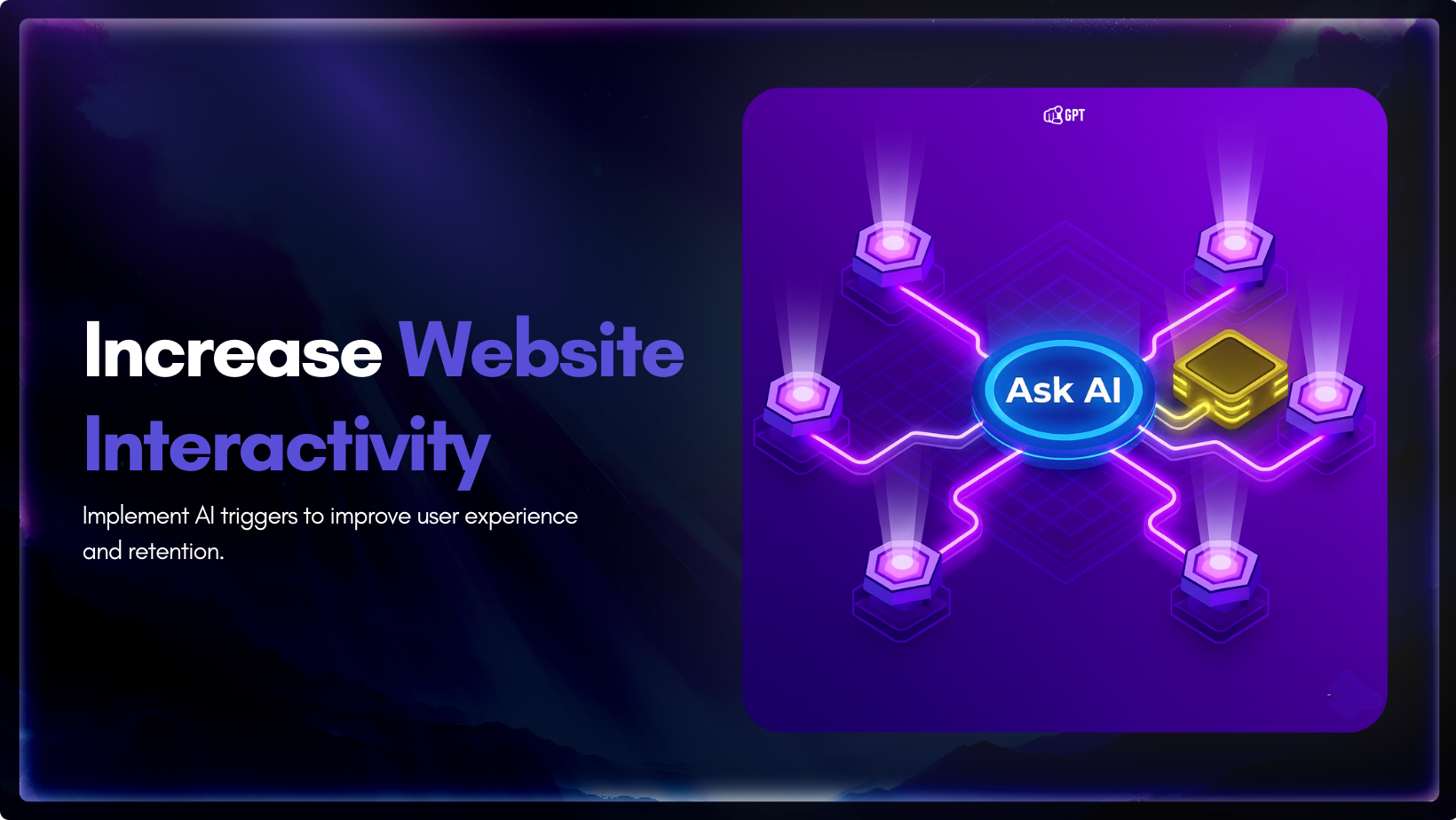
You invest time writing your website copy. You explain features, pricing, and how everything works. The information is there. Still, some visitors leave without clarity, and small gaps in understanding often stop them from moving forward. This happens because a static page cannot adjust to what they want at that moment. They skim a section, […]

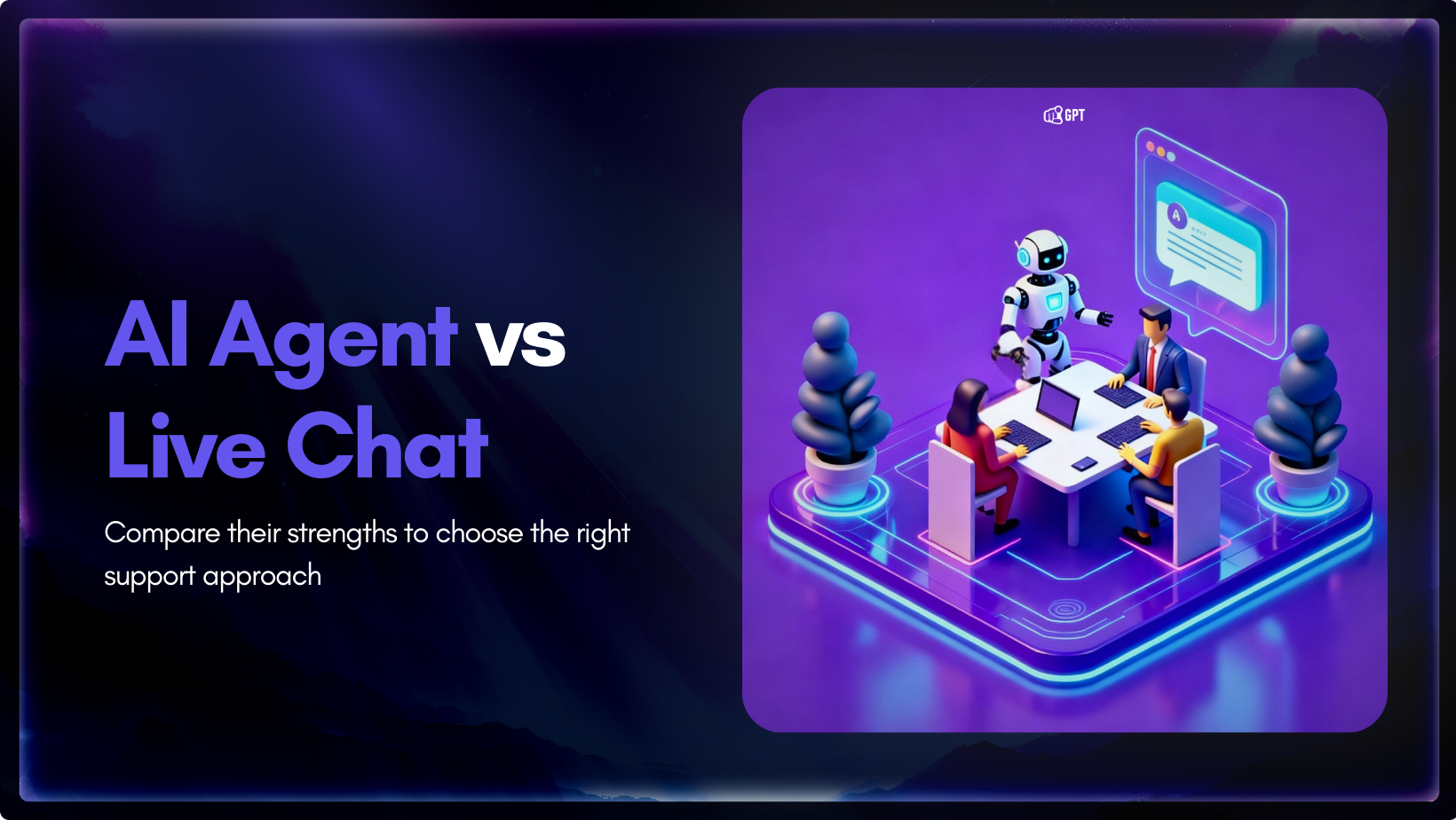
AI agent and live chat each play a different role in customer support, and the choice between them influences how a team handles growth. Companies are moving toward faster support models, and one clear trend is the use of AI to reduce operating costs by up to 30%. The difference shows up when ticket volume […]

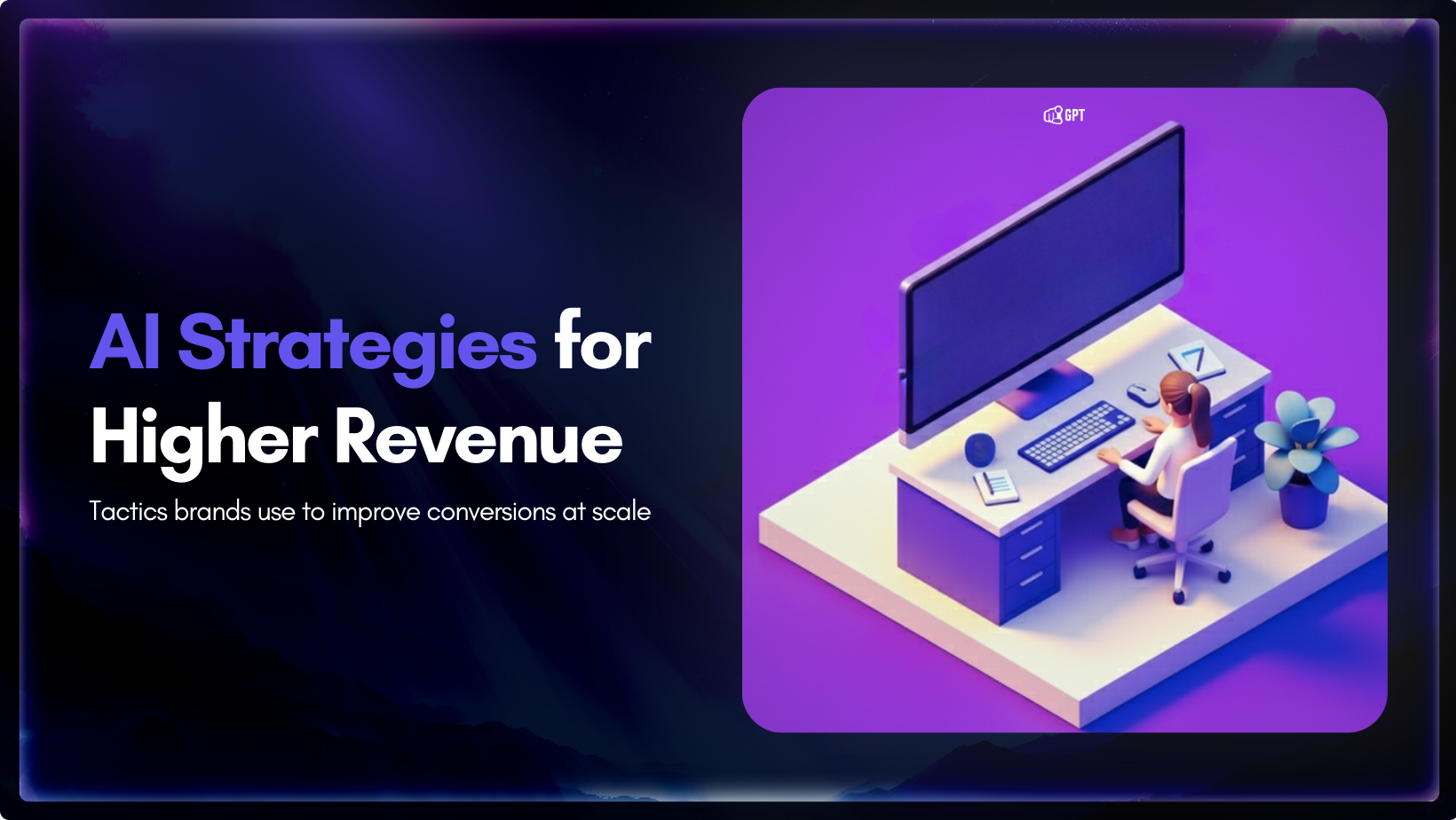
You have definitely heard about the use of AI in marketing. But have you ever seen or learned how it can actually drive revenue? Well, firms using AI in marketing and sales report significant benefits. According to a recent study by McKinsey & Company, revenue increases from AI show up most in marketing and sales, […]

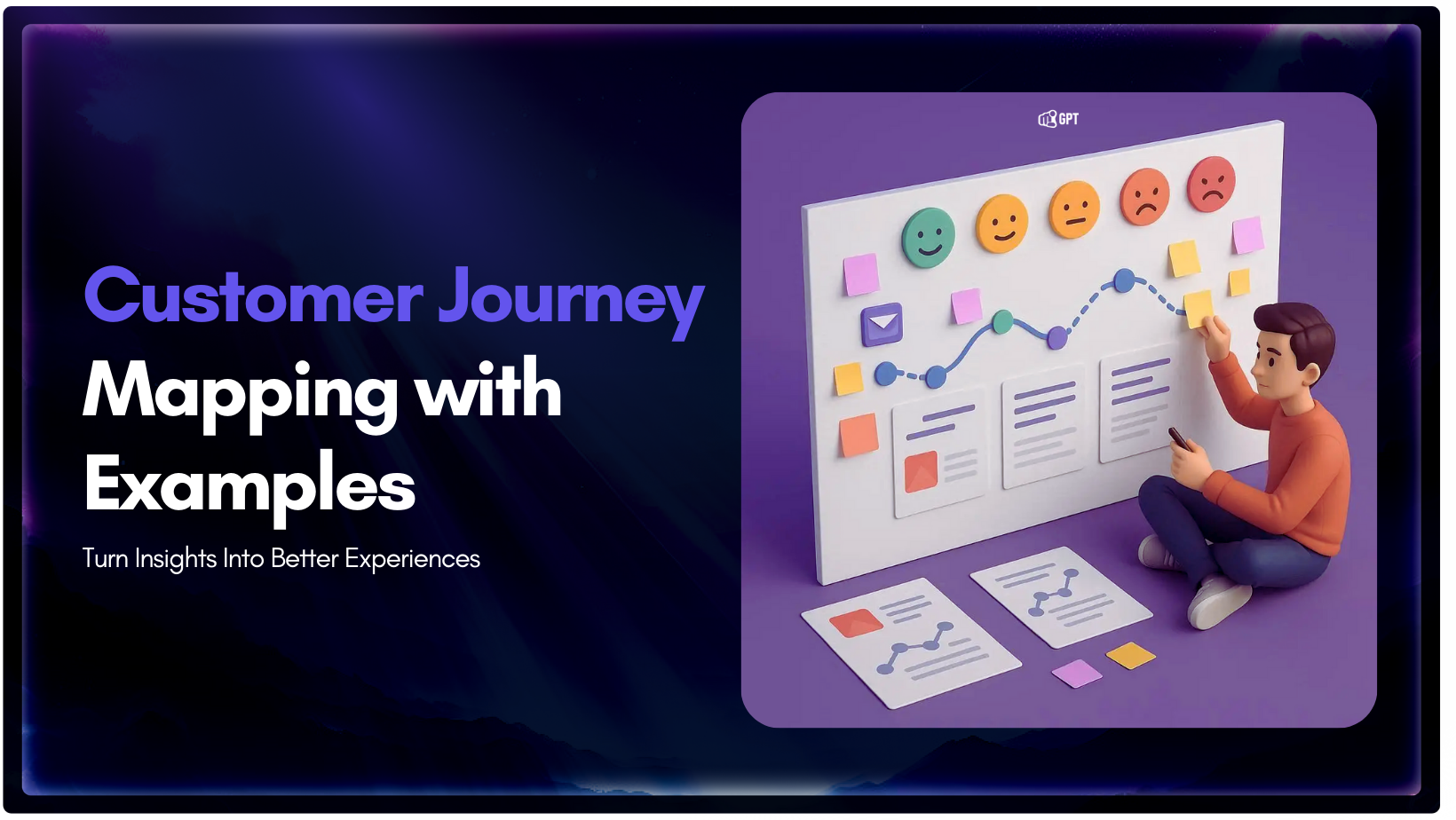
Every business talks about improving customer experience, but many struggle to understand what that experience actually looks like from the customer’s side. This is where a customer journey map becomes essential. It is a practical way to see how people discover your brand, evaluate their options, make a purchase, and decide whether to come back […]

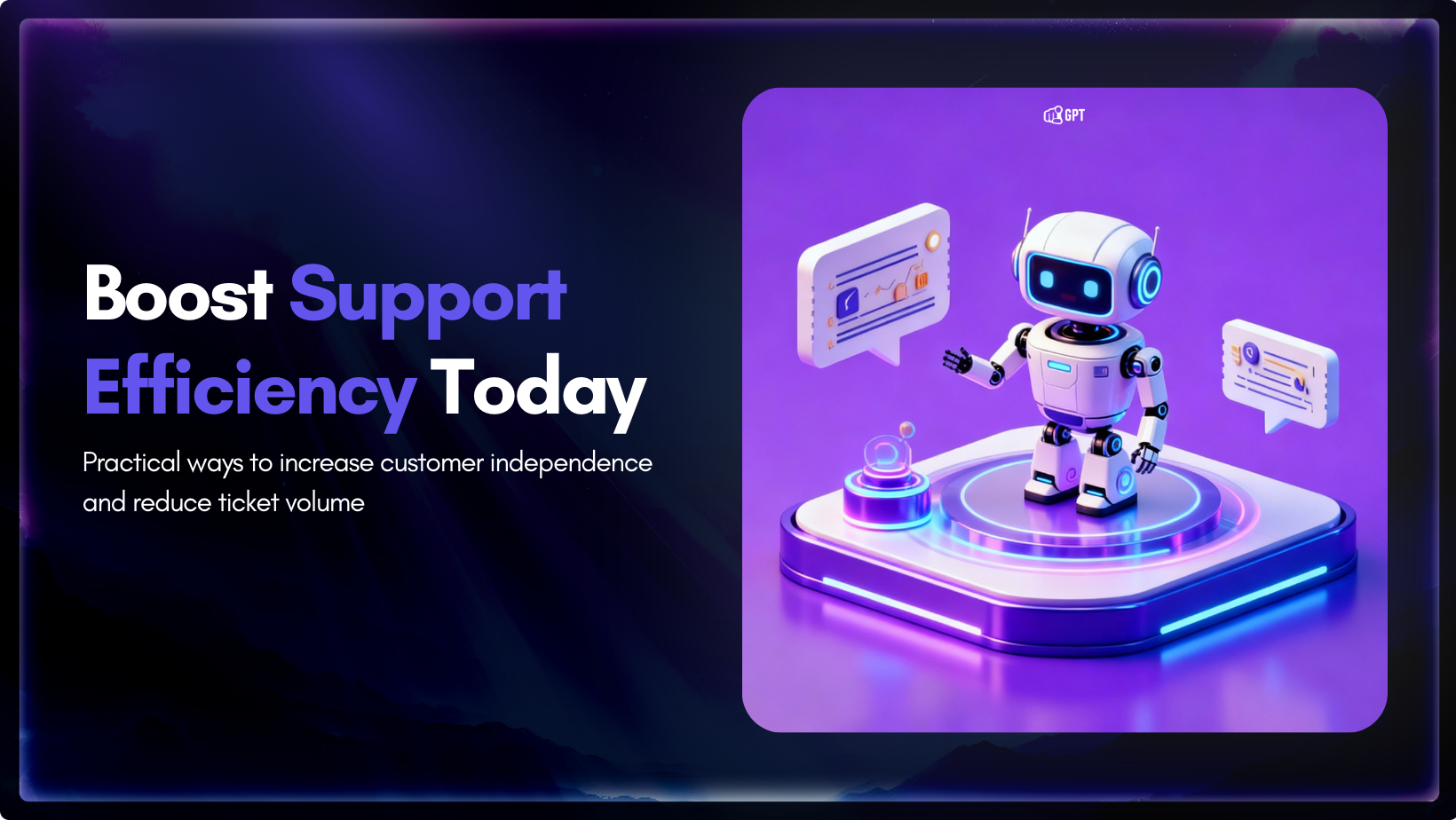
These days, self-service options is the norm for customer support. However, simply having a knowledge base or chatbot is no longer enough. The most important thing is to determine if these tools are effective. Are your customers getting the answers they need? Or are they simply becoming increasingly irate and will eventually contact your support […]
